Stock Up Your Garden Pantry
It's no use trying to make spaghetti sauce if you've run out of garlic and onions. You need to plan ahead and have what you need to hand.
Gardening tends to be the same way. How often have you decided to plant your containers only to discover you don't have fertilizer? Or suddenly find a plague of aphids? The time to check your shelves is before the season begins so print this out and head to the garden shed to prepare your shopping list.
The products I mention here are the ones I use and have had good results with but the list is not exhaustive – many of you will have your own personal favorites. Where appropriate I'll suggest other methods or products that you might be interested in and that have been recommended to me by others.
Likewise I prefer to garden organically but there is one product that I use which is not organic – Osmocote. That is not to say it is toxic to the environment when used properly, rather just that it is not carbon based and made from natural living things. It contains some synthetically made ingredients. Remember 'non-organic' does not always mean it is dangerous and even organic products need to be used with caution e.g. Take Down. Read about the scientific and commonly interpreted definitions of organic
SOIL CONDITIONER & MORE
This is one mighty product in a tea bag! There are those in the scientific community who "pooh-pooh" the true efficacy of this compost tea but after it saved my vegetables from certain death last summer I'm a believer! Add 1 teabag to a bucket of water, steep for 1-3 days and it's ready to use. Recommended as a soil conditioner and for fertilizing vegetable gardens and containers. Read more and order yours from Annie Haven at Haven Products here. Note that Haven also sells alfalfa tea and horse manure tea; details of these and their various uses are all on their website. Organic
OTHER FERTILIZERS
OSMOCOTE –
As a professional container designer I have to be 100% sure that I will have fabulous results 100% of the time and that has been the case with Osmocote. This only works when the soil temperatures are at 50' so skip this for fall/winter designs but add it for spring/summer. Just one dose will fertilize your plants for the entire season – perfect for the lazy or forgetful gardener.
For new containers and hanging baskets add this to the soil as you plant. For containers with existing plants sprinkle a little extra on the soil surface so it will get watered into the surrounding soil during the season. I'm sure there are great organic alternatives out there but I have not done a side by side comparison. If you are a landscape professional and can stand by an organic, slow release fertilizer for containers I'd love to hear from you.
DR. EARTH TOMATO & VEGETABLE FOOD –
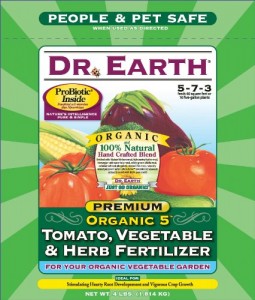 Love this stuff! This is my #1 fertilizer to sprinkle in and around my veggies all season. It consists of a blend of many ingredients listed separately here including fish bone meal, seaweed extract and alfalfa plus micronutrients and minerals. Organic
Love this stuff! This is my #1 fertilizer to sprinkle in and around my veggies all season. It consists of a blend of many ingredients listed separately here including fish bone meal, seaweed extract and alfalfa plus micronutrients and minerals. Organic
A good source of potash and trace minerals for the veggie garden Organic
I like this as a fertilizer for seedlings and freshly planted hanging baskets. It promotes lush growth (nitrogen rich) and I was very impressed with how my baskets flourished using this. A little bit stinky so keep it in a cool place! Organic
…..or 'bat poop' as my husband called it when he went to the store. An excellent source of fast acting nitrogen for when your green veggies look yellow!
ALFALFA –
I have used this around roses and clematis as it promotes basal growth i.e. encourages new canes or stems from the base of the plant. I have recently been told by a local farmer that it is excellent when planting out in the vegetable garden so I'm going to try it this year. It is available from Haven so you can order some with your Moo Poo tea or it can be purchased as shown here
A note about ornamental gardens (trees, shrubs, perennials etc) – many gardeners including professionals fertilize certain shrubs and trees in their gardens. I take the philosophy that I feed the soil – not the plants. I add an organic mulch to my garden beds once or twice a year and everything does fine. If I see something struggling I'll give it a drink of Moo-Poo tea but otherwise it's tough love. The only exception I make is for my rhododendrons and azaleas which (if I remember) get a dose of ericaceous fertilizer twice a year. This is specifically made for acid loving plants and will correct the pH if it is becoming too acidic. I don't have a specific brand to recommend – I just look for the largest, cheapest organic option!
SLUGS, SNAILS & EARWIGS
In the PNW we have monster slugs with voracious appetites but before I go any further let me remind local gardeners that banana slugs are NOT responsible for most of the damage – they prefer to eat decaying material, mushrooms, animal droppings, algae and lichens. It is the brown and black slugs that are responsible for making lace doilies out of hostas.
A little slug story; I get serious about slugs. Very serious. Especially when they come between me and my strawberries. Two years ago they were better fed than I was and I became so incensed that I took to carrying scissors in my tool bucket and cutting them in half ! (Euww…)
One lady was outraged when she heard this and insisted that they had 'feelings' and that I should feed them to the birds. Now why it should be less painful to be pecked to pieces than bisected I don't know.
Anyway, we have 5 acres of birds and are surrounded by forest, fields and meadow. We have everything from birds of prey to hummingbirds and they are all VERY well fed. We may have the fattest robins in Washington State. Some of our slugs are bigger than the robins. So believe me when I tell you that I am not depriving our birds of food. If you feel differently feel free to stop by and gather some slugs to feed your own flock. U-pick.
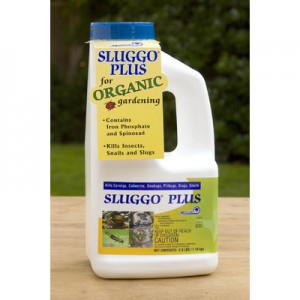 This is my go-to product. It is safe around birds, pets and children,= and is an improvement on Sluggo because it also deals with earwigs which do a lot of damage in my containers. These super-effective pellets are a combination of two natural pesticides: iron phosphate and spinosad, a naturally occurring bacterium.
This is my go-to product. It is safe around birds, pets and children,= and is an improvement on Sluggo because it also deals with earwigs which do a lot of damage in my containers. These super-effective pellets are a combination of two natural pesticides: iron phosphate and spinosad, a naturally occurring bacterium.
You do have to reapply it periodically and watch for fuzzy pellets on the soil surface which looks like mold. It isn't an infection and wont do any direct harm but I rake it lightly into the soil before I reapply. Organic
You may be interested in this article which explains what this stuff is and how it works. My friend and co-author Christina Salwitz particularly likes this and wrote a great article about it and her other slug remedies here. It is also recommended for various crawling insects but I haven't tried it, mainly because it has to be reapplied after rain which in Seattle seems like a lot of work! Organic but use with care as it will kill good bugs as well as bad bugs.
BEER – If you want to drown your slugs in beer, go for it. I'd rather drink it.
RABBITS & DEER
LIQUID FENCE or PLANTSKYDD (granules and spray) –
Anyone who battles deer and rabbits will have their own favorite tricks and products but these are the two I have had the most success with. Small granules are great for sprinkling on the ground around emerging grasses and ferns (rabbit caviar) while the spray is useful for trying to preserve the few remaining leaves on my dogwood tree! Having said that the best deterrent appears to be two golden retrievers; one for entertainment, one for action.
Our largest dog (Bo pictured here) entertains the deer as he hunts manically for a tennis ball, both deer and dog completely ignoring my waving arms and commands to "shoo". Meanwhile the smaller dog (Mia) goes into hunter mode and charges the deer at full speed chasing it out of the garden. (Bo doesn't even look up – he's still looking for his tennis ball). Stick with the Liquid Fence.
APHIDS
TAKE DOWN – I like this insecticide because it gets the eggs, larvae and adults of insects unlike insecticidal soaps which only suffocate the adults. This is a plant based product BUT it will kill good bugs as well as bad bugs so it is important to use it as directed and only early or late in the day. I always do a visual check for ladybugs and bees first !
This is available as a concentrate or a ready to use spray (RTU). Incidentally I do squish aphids when there are only a few and also give ladybugs a chance to deal with aphids but when I am in danger of losing buds completely I take action. Organic
FUNGAL DISEASES
I don't need this very often but apple scab does seem to be a problem on some of my apple varieties so I need to keep something on hand. In the past I have used a lime-sulfur spray which worked fairly well. However you have to be careful that none of the spray goes on fruit such as strawberries that you might want for canning. Organic
This has a different active ingredient (a bacterium) so is safe to use around all fruit and veggies. Keep it in stock for mildew on roses, tomato blight, apple scab, rusts and damping off of seedlings. I have only limited experience with this product but like it so far. Organic
DISCLAIMER; Many gardeners may be horrified at the thought of me even suggesting an organic spray for insects thinking I should just leave aphids for the birds to peck off. Or that I should never need to use a fungicide – baking soda will do. There are many ways to garden – I choose the "safe but sane approach", a phrase coined by a much loved and respected teacher. I use the safest method possible to get the results that keep me sane. For me that means I'll tolerate a certain amount of damage but if the problem is threatening the health of a prize tree or likely to spoil my harvest to a significant degree I will take action. Typically when it comes to our veggie garden I'll do battle where in the ornamental flower beds I'm more relaxed. We don't grow fruit and vegetables as a hobby – this is our food!
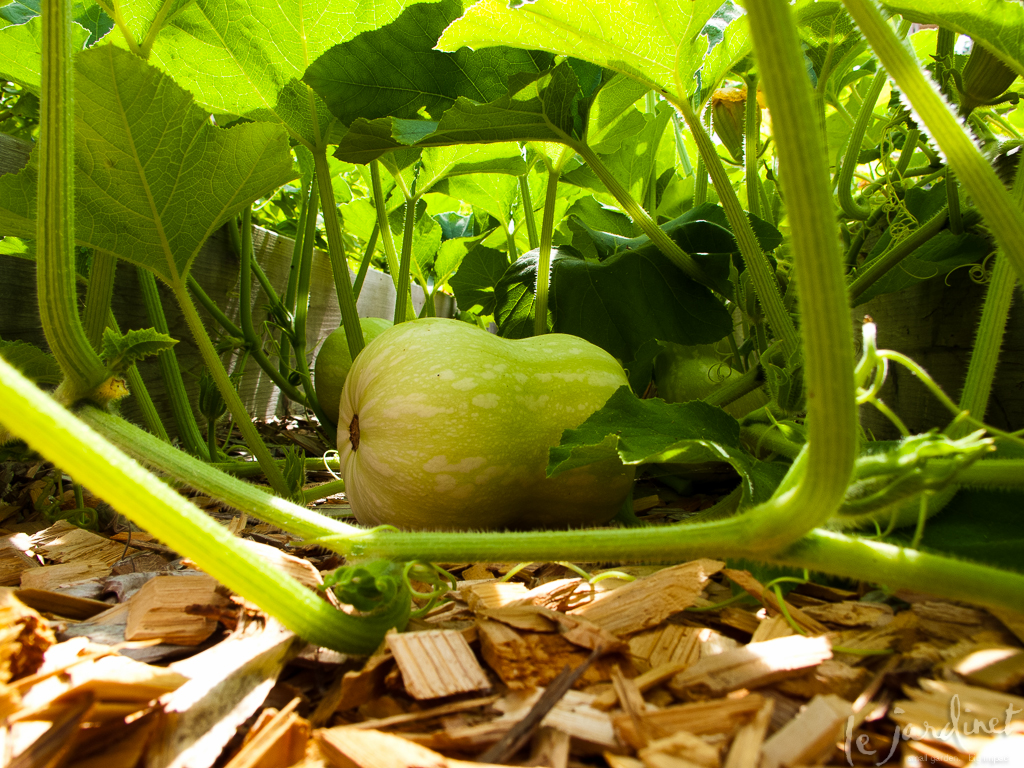
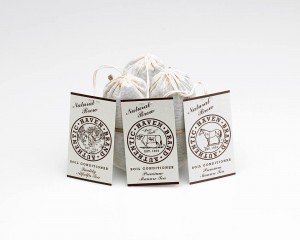
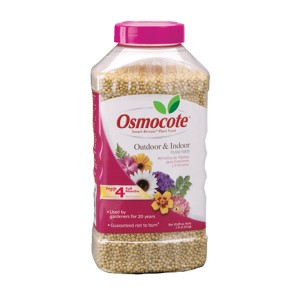
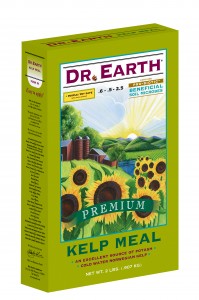
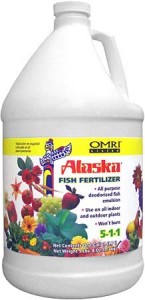
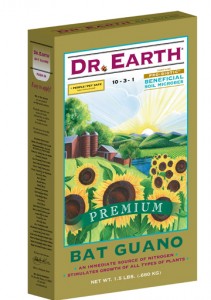
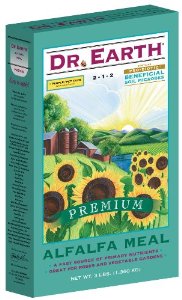
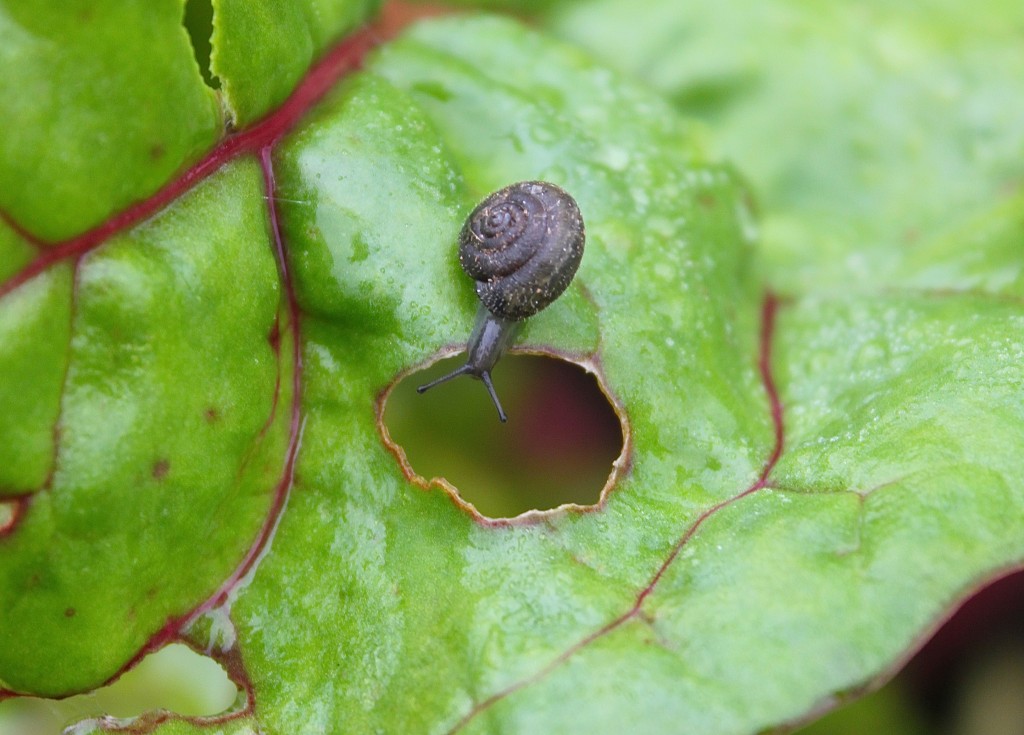
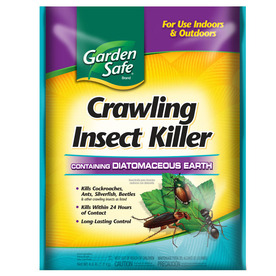
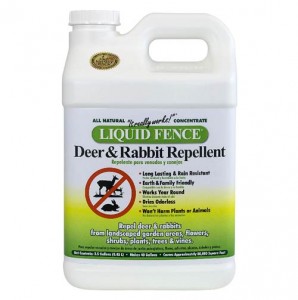
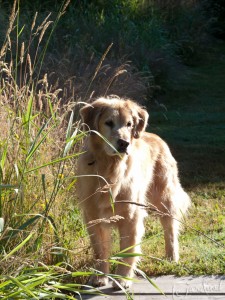
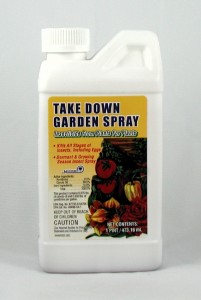
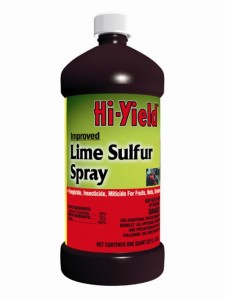
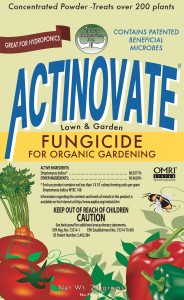
'safe but sane' – yep – LOVE it!!! Bookmarking this for when we can get our garden up & running!!!!!!
Won't be long now….
Thank you for this list!!!!!!! I really needed this information.
You're welcome! Now I need to go and check my stock!!
A good list Karen. I have an issue with only one, the bat guano. Harvesting of the guano does great harm to a sensitive environment. http://blogs.extension.org/gardenprofessors/2011/02/17/guano/
Thanks for the link Susan – you raise an interesting point. What exactly is the ecosystem that feeds off the bat guano? Also are caves being completely stripped of all guano or a portion? How long does it take to be replenished since it is after all a renewable resource? Do the small amounts we use have a huge impact? Raises lots of interesting thoughts/questions/discussion. I'm not disagreeing with you nor agreeing – just asking the questions
There are many links and references to the harm caused by the mining of bat quano. Jeff Gilman of the Garden Professors may be a good source. Cave ecosystems are incredibly delicate and sensitive. I believe other alternatives would be preferred if one wished to be environmentally conscious. It might be important to know the source of the guano and how it is mined. It should be noted that bats in the US are in decline and in many areas at risk. Not that Wiki is an always reliable reference, check out the "Sourcing" section http://en.wikipedia.org/wiki/Guano
Thanks Susan!
Thank you for sharing. I think it should be with nature.
Thanks for stopping by ice